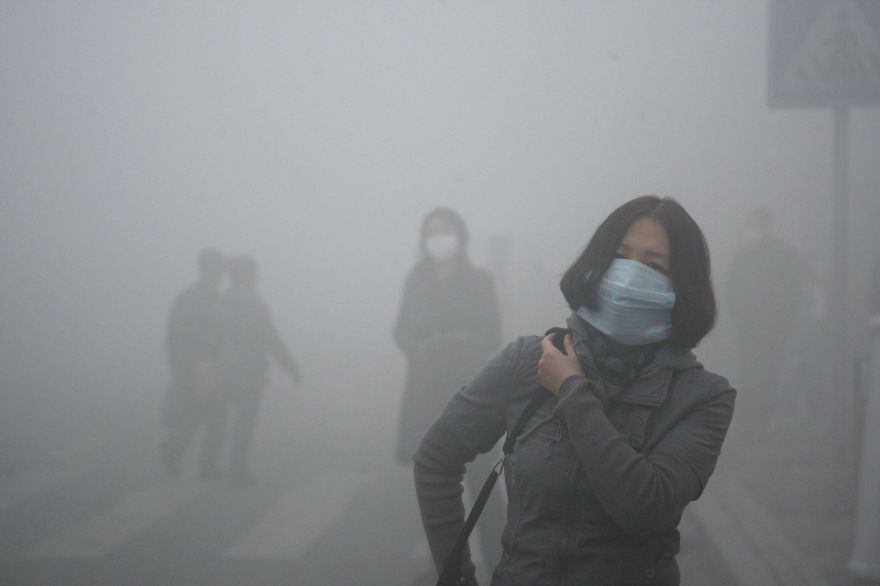-
Tips for becoming a good boxer - November 6, 2020
-
7 expert tips for making your hens night a memorable one - November 6, 2020
-
5 reasons to host your Christmas party on a cruise boat - November 6, 2020
-
What to do when you’re charged with a crime - November 6, 2020
-
Should you get one or multiple dogs? Here’s all you need to know - November 3, 2020
-
A Guide: How to Build Your Very Own Magic Mirror - February 14, 2019
-
Our Top Inspirational Baseball Stars - November 24, 2018
-
Five Tech Tools That Will Help You Turn Your Blog into a Business - November 24, 2018
-
How to Indulge on Vacation without Expanding Your Waist - November 9, 2018
-
5 Strategies for Businesses to Appeal to Today’s Increasingly Mobile-Crazed Customers - November 9, 2018
Global Organizations have been Overestimating Emissions from China
The paper published on Wednesday said that organizations such as the European Union’s Emissions Database for Global Atmospheric Research or EDGAR have likely overestimated the emissions in China by up to 14% through using a default conversion rate that should be applied for China. China still is the largest polluter in the entire world, just not quite as much of a polluter as had been previously thought if the study is accurate.
Advertisement
Pep Canadell, CSIRO’s Global Carbon Project executive director, emphasized that a lack of additional related studies on China’s fuel emissions might have led previous researchers to rely on global databases. Over the period 2000-2013, it calculates that the difference is 2.9 gigatonnes, larger than China’s total forest sink – the amount of carbon it absorbs – between 1990 and 2007.
Confusion over the kinds of coal being burned in China’s power plants may have led to the country’s carbon emission levels being overestimated by as much as 14 percent, researchers say.
Even if this “dirtier” coal creates more local air pollution, its lower energy content also translates into lower carbon dioxide emissions.
China has promised that it would bring emissions to a peak in 2030 but wasn’t very clear on how much Carbon dioxide the country is producing as a whole, and what that figure would look like in about 15 years.
Dabo Guan, a professor of climate-change economics at the University of East Anglia in England said that this does not change the fact that China is still the largest emitter in the world.
The scientists behind the new study said they analysed China’s coal quality, combustion performance across industries and total energy consumption, comparing their findings with those from previous studies.
IPCC data on carbon emissions is produced through a calculation based both on the amount of fossil fuels produced and the carbon quality of the fuel. They also made new estimates of emissions from imported coal, oil, and gas, and from cement production.
The uncertainty of China’s emissions estimates is typically reported as 5% to 10%. The Carbon dioxide emission factors based on the tests conducted were on average around 40 percent lower than the default values used by the Intergovernmental Panel on Climate Change (IPCC) and others.
It marks the first time that fuel quality – in this case, the carbon content of coal used – has been taken into account in estimating total emission figures, the researchers say. The energy consumption of the country has been underestimated.
Researchers say the take-away here is that we get a more accurate measure of what is happening and can improve the projections for climate change and make better informed policy decisions.
“There is still a lot of work to do”, said Prof Le Quéré.
Advertisement
So far, China has rejected moves by the U.S. and EU at UN climate talks to impose common accounting procedures, citing national sovereignty and differing responsibilities on tackling climate change.




























